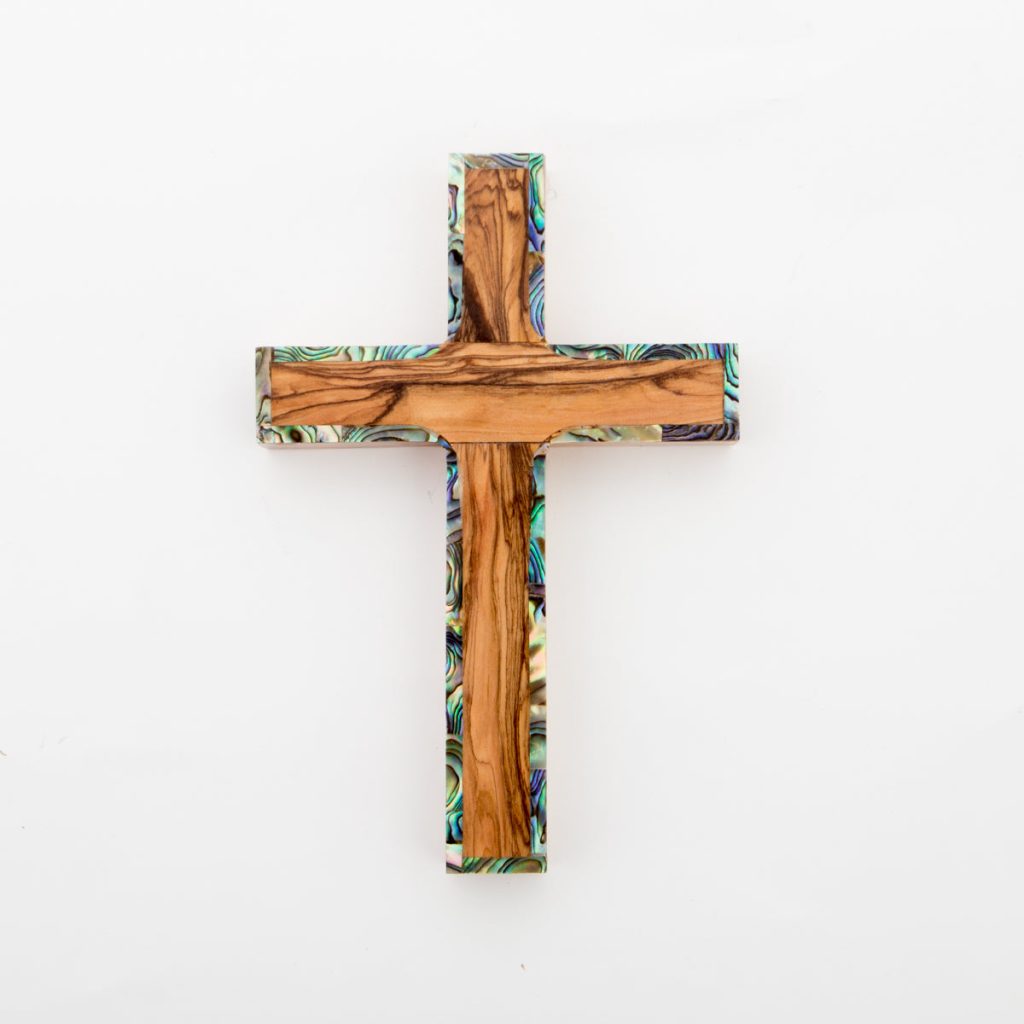Introduction: The Timeless Beauty of Handmade Crosses
Few symbols in history carry as much cultural and spiritual weight as the cross. Beyond its role in Christian tradition, the cross has evolved into a global emblem of artistry, craftsmanship, and devotion. At the Jerusalem Art Museum, visitors encounter an extraordinary collection of Handmade crosses that highlight centuries of tradition, artistic expression, and faith. Each cross tells a story—not just of religion, but of the people who designed, carved, and preserved them.
This article explores the intricate beauty of handmade crosses showcased in the museum’s collection, their historical significance, the techniques behind their creation, and why they remain such powerful cultural artifacts today.
The Historical Significance of Handmade Crosses
Origins of the Handmade Cross
The tradition of creating crosses by hand stretches back to the earliest centuries of Christianity. In Jerusalem, where Christianity was born, artisans used locally available materials—wood, stone, and metal—to craft devotional items. These crosses were not merely symbols; they were objects of protection, markers of faith, and treasured heirlooms passed down through generations.
Crosses as Pilgrim Souvenirs
For centuries, Jerusalem has been the destination of Christian pilgrimages. Handmade crosses became popular keepsakes for pilgrims who sought to carry a piece of the Holy Land back home. Crafted with meticulous detail, these crosses were infused with spiritual significance, symbolizing both personal faith and connection to Jerusalem itself.
Handmade Crosses at the Jerusalem Art Museum
A Unique Collection of Sacred Art
The Jerusalem Art Museum preserves an exceptional range of handmade crosses, spanning different periods, styles, and regions. From modest wooden pieces made by local artisans to ornate metal crosses inlaid with precious stones, the collection demonstrates the diversity of craftsmanship across centuries.
Each piece in the museum is carefully curated, highlighting not only religious symbolism but also artistic value. Visitors gain insight into how these crosses evolved in style and function, shaped by cultural influences, trade, and devotional practices.
Styles and Designs
Handmade crosses at the museum are notable for their variety:
- Wooden Crosses – Often carved from olive wood, these crosses carry the natural warmth of Jerusalem’s sacred groves.
- Metal Crosses – Forged from bronze, silver, or gold, many feature intricate engravings and filigree.
- Gemstone-Inlaid Crosses – Some exhibit rare gemstones, reflecting the intersection of art, wealth, and spirituality.
This range allows visitors to appreciate the cultural dialogue that took place in Jerusalem, where East met West through art and devotion.
The Craftsmanship Behind Handmade Crosses
Materials and Techniques
The process of creating handmade crosses combines artistry with devotion. Olive wood, abundant in Jerusalem, became a favored material for its durability and symbolic connection to peace. Metalwork, on the other hand, required mastery of techniques such as casting, engraving, and gilding.
Artisans often worked in small workshops, passing techniques from one generation to the next. The imperfections in these handmade crosses are part of their charm, serving as reminders of the human hands that shaped them.
Symbolism in Design
Beyond the cross itself, many handmade pieces incorporate symbolic motifs:
- Vines and Leaves – Representing eternal life.
- Doves – Symbolizing peace and the Holy Spirit.
- Stars and Suns – Evoking divine light and guidance.
These motifs transformed each cross into a deeply personal object, blending art with belief.
Cultural and Spiritual Importance
Handmade Crosses as Family Heirlooms
In many cultures, handmade crosses are treasured as family heirlooms. Passed down across generations, they symbolize continuity of faith, tradition, and belonging. The crosses housed in the Jerusalem Art Museum reflect this intimate connection, offering a glimpse into the lives of believers centuries ago.
Global Influence of Jerusalem’s Crosses
Because Jerusalem has been a center of pilgrimage, the handmade crosses from its artisans spread far beyond the city. Pilgrims carried them across Europe, Africa, and Asia, influencing local designs and inspiring new traditions. The museum’s collection demonstrates this global reach, illustrating how a symbol born in Jerusalem became universal.
Visiting the Jerusalem Art Museum
An Immersive Experience
For visitors, encountering the collection of handmade crosses is more than just a visual experience. It is a journey through time and spirituality. The museum presents these artifacts in carefully curated exhibitions, allowing guests to explore their historical context, craftsmanship, and cultural resonance.
Beyond the Exhibition
The museum also organizes lectures, workshops, and guided tours that delve deeper into the significance of handmade crosses. These programs help audiences—from art enthusiasts to pilgrims—understand the multifaceted nature of these objects.
Why Handmade Crosses Matter Today
Even in a modern, fast-paced world, handmade crosses remain profoundly relevant. They embody slow, intentional craftsmanship in contrast to mass-produced items. Each piece carries authenticity, artistry, and a tangible link to history. For believers, they continue to serve as symbols of faith. For collectors and art lovers, they represent timeless artistry.
At the Jerusalem Art Museum, handmade crosses are more than relics; they are bridges between past and present, faith and art, tradition and innovation.
Conclusion: A Living Legacy of Art and Faith
Handmade crosses tell stories that transcend time. They reflect the devotion of artisans, the journeys of pilgrims, and the enduring power of faith expressed through art. At the Jerusalem Art Museum, these pieces are not merely displayed—they are preserved as living testaments to centuries of creativity and spirituality.
Whether you are an art enthusiast, a pilgrim, or someone seeking cultural enrichment, exploring the museum’s collection of handmade crosses offers an unforgettable encounter with history and heritage. Visit the Jerusalem Art Museum to witness these masterpieces firsthand and experience the beauty of devotion crafted by human hands.


